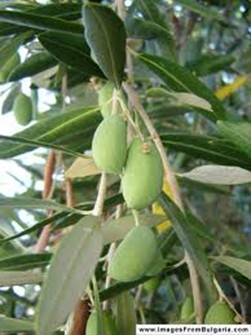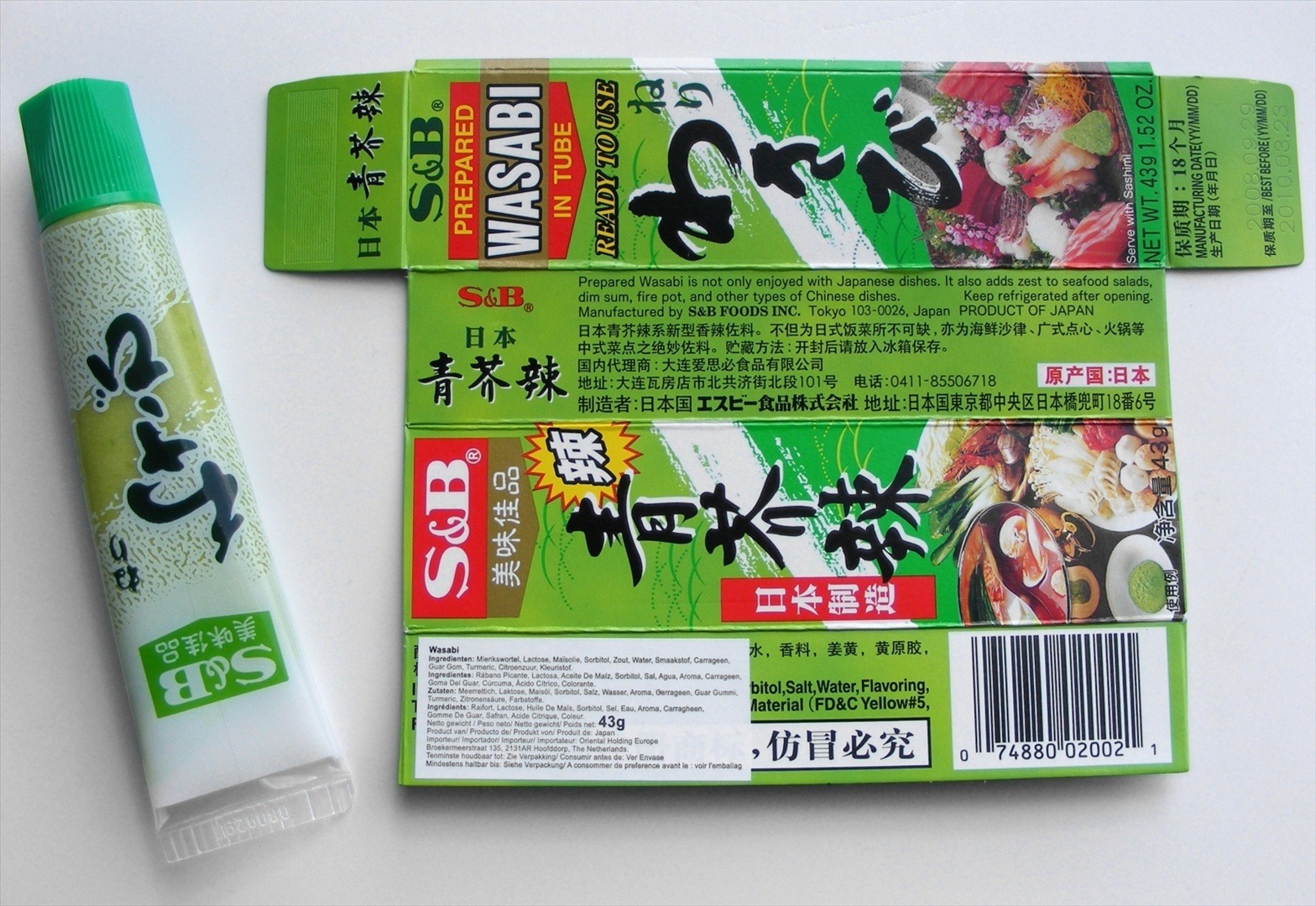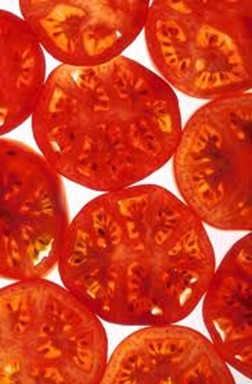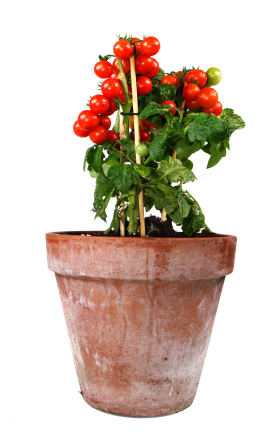This month’s E Magazine has an encouraging story by Melinda Tuhus about a positive development in the West Bank. The Palestine Fair Trade Association has organized olive growers into cooperatives, so they receive a fair wage for their work and have their own brand, Canaan Fair Trade, which is sold in stores like Whole Foods. Said one member, “The people here [in the association] are very nice and they treat the farmers very well,” he says. “And they give scholarships to the children of the farmers.” Canaan Fair Trade also produces other Middle Eastern delicacies like tahini, couscous, fig spread, and more. Check out the website to see all they do in their community!
Here are some places in the Bay Area where you can buy Canaan products:
GLOBAL EXCHANGE STORE
2840 College Avenue, Berkeley, CA 94705
RAINBOW GROCERY COOPERATIVE
1745 Folsom Street, San Francisco, CA 94103
COUNTRY SUN NATURAL FOODS
440 California Avenue, Palo Alto, CA
Just as heartwarming to those of us who care about good, sustainable, fair trade food, I’ve written elsewhere about several collaborations among Israelis, Jordanians, and Palestinians:
“Friends of the Earth/Middle East is an organization of Israeli, Jordanian, and Palestinian environmentalists who work together to clean up the Jordan River and the Dead Sea. This organization also promotes healthy food, solar energy, and eco-tourism.”
“Yossi Leshem, an Israeli bird expert and director of the International Center for the Study of Bird Migration, was troubled by the deaths of hundreds of birds in northern Israel. The birds were being killed by the chemicals used to eradicate the rats that were eating the farmers’ crops. Leshem persuaded a kibbutz to try a different solution. Barn owl boxes were installed to lure owls to make their homes at the kibbutz, and within a few years the rat problem was solved. An Ohio Jewish community group gave funds so the kibbutz members could donate building materials for owl nesting boxes to their Jordanian neighbors. Little by little, overcoming obstacles, the project is helping former enemies reach out to one another.”
May food be a bridge to peace.








